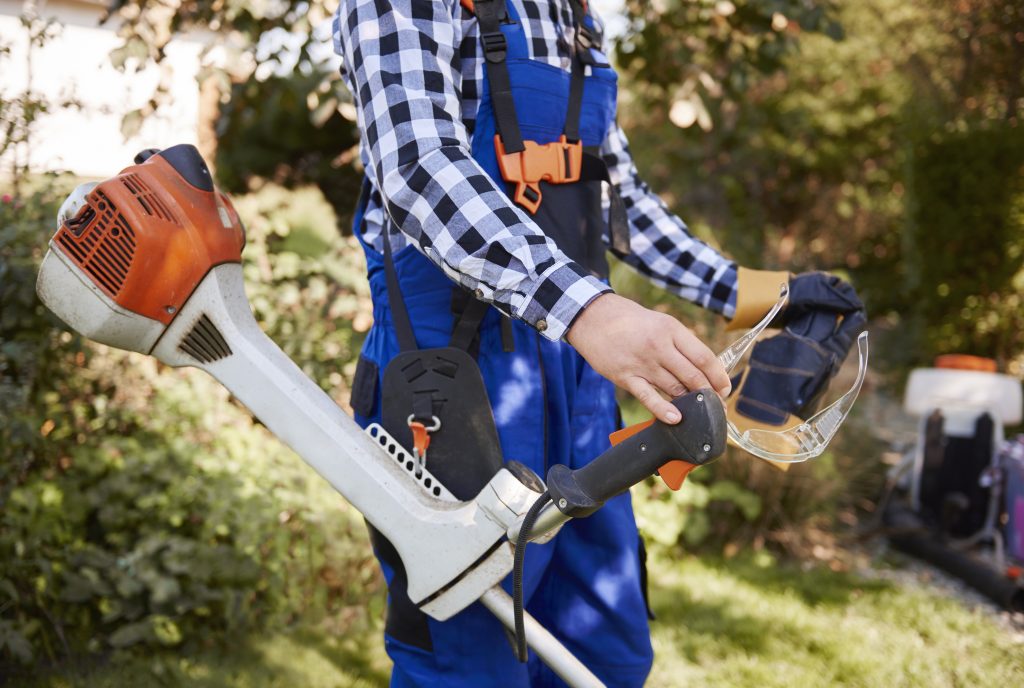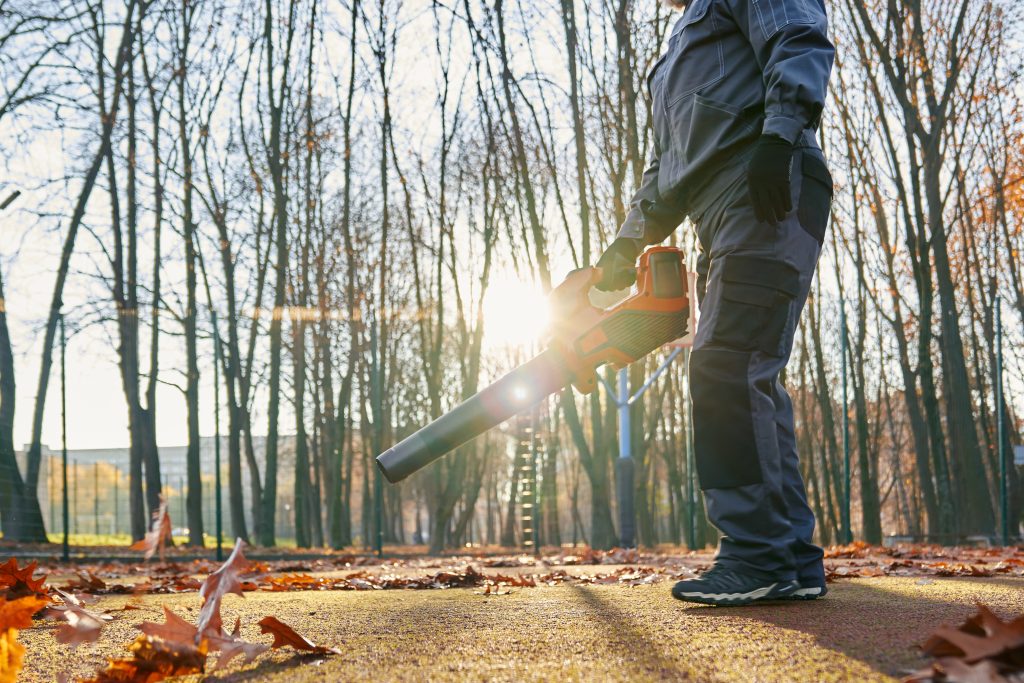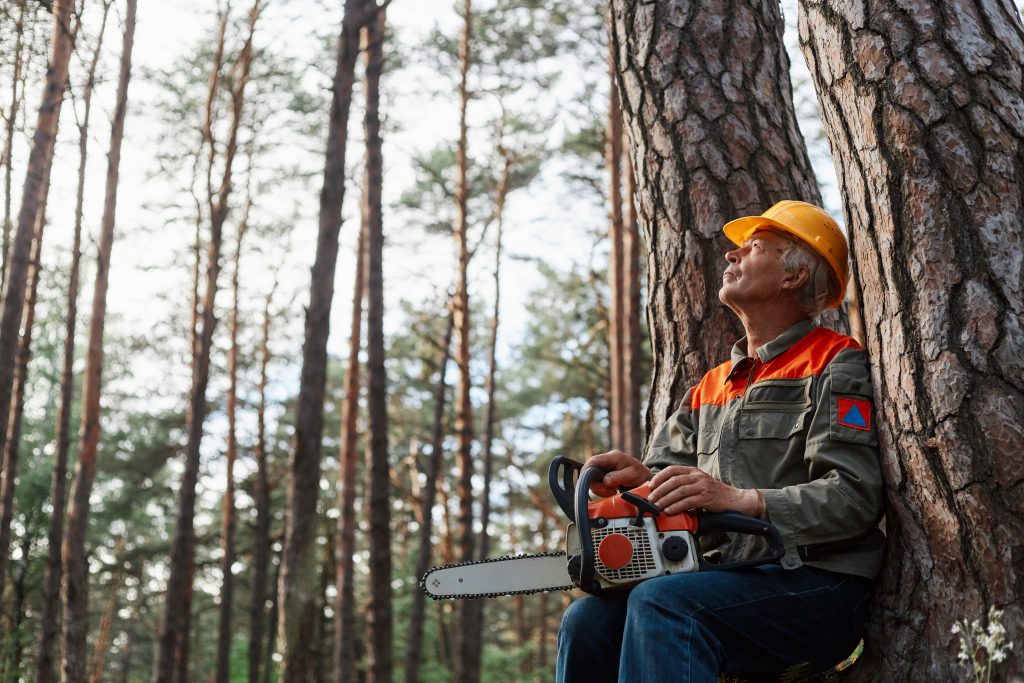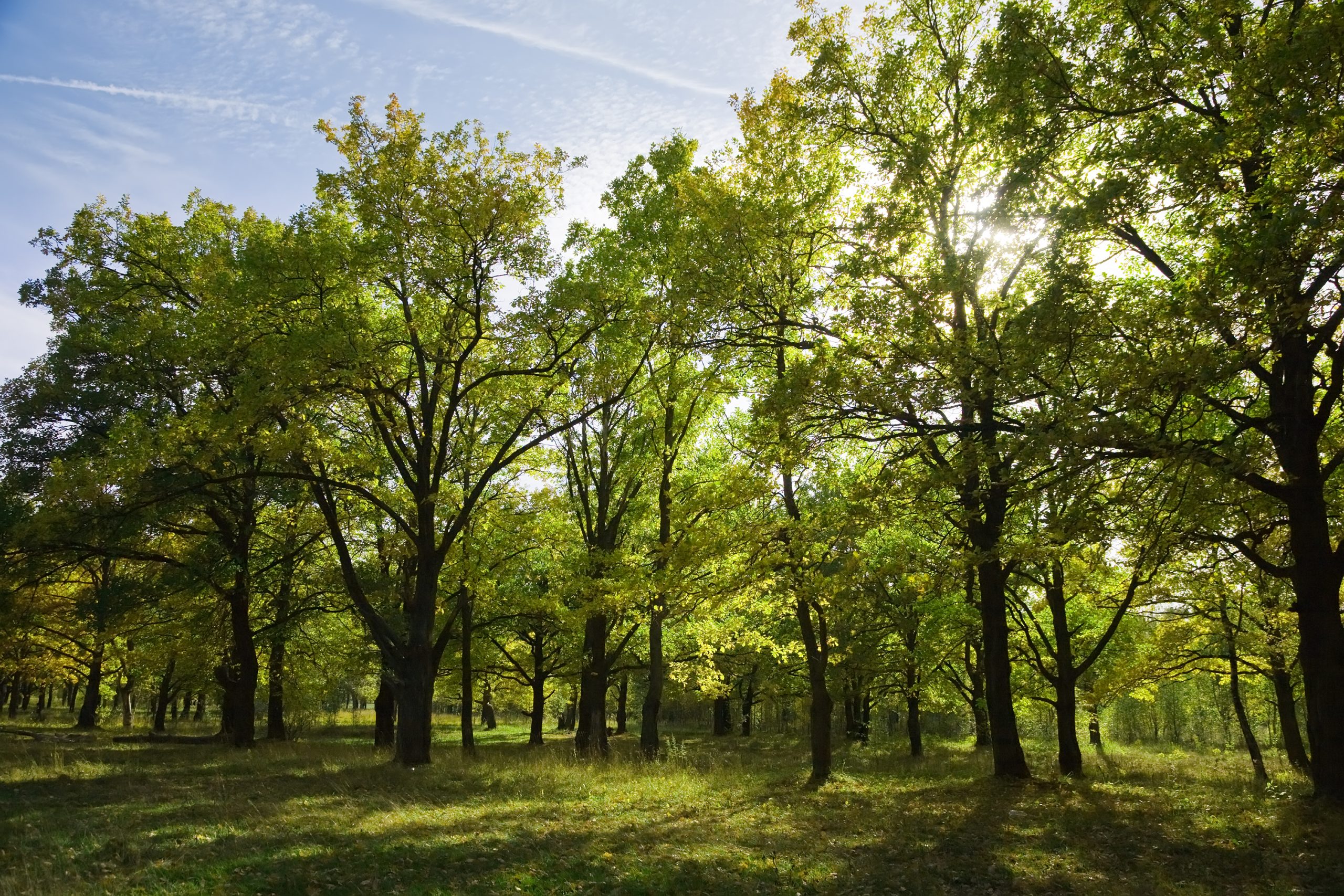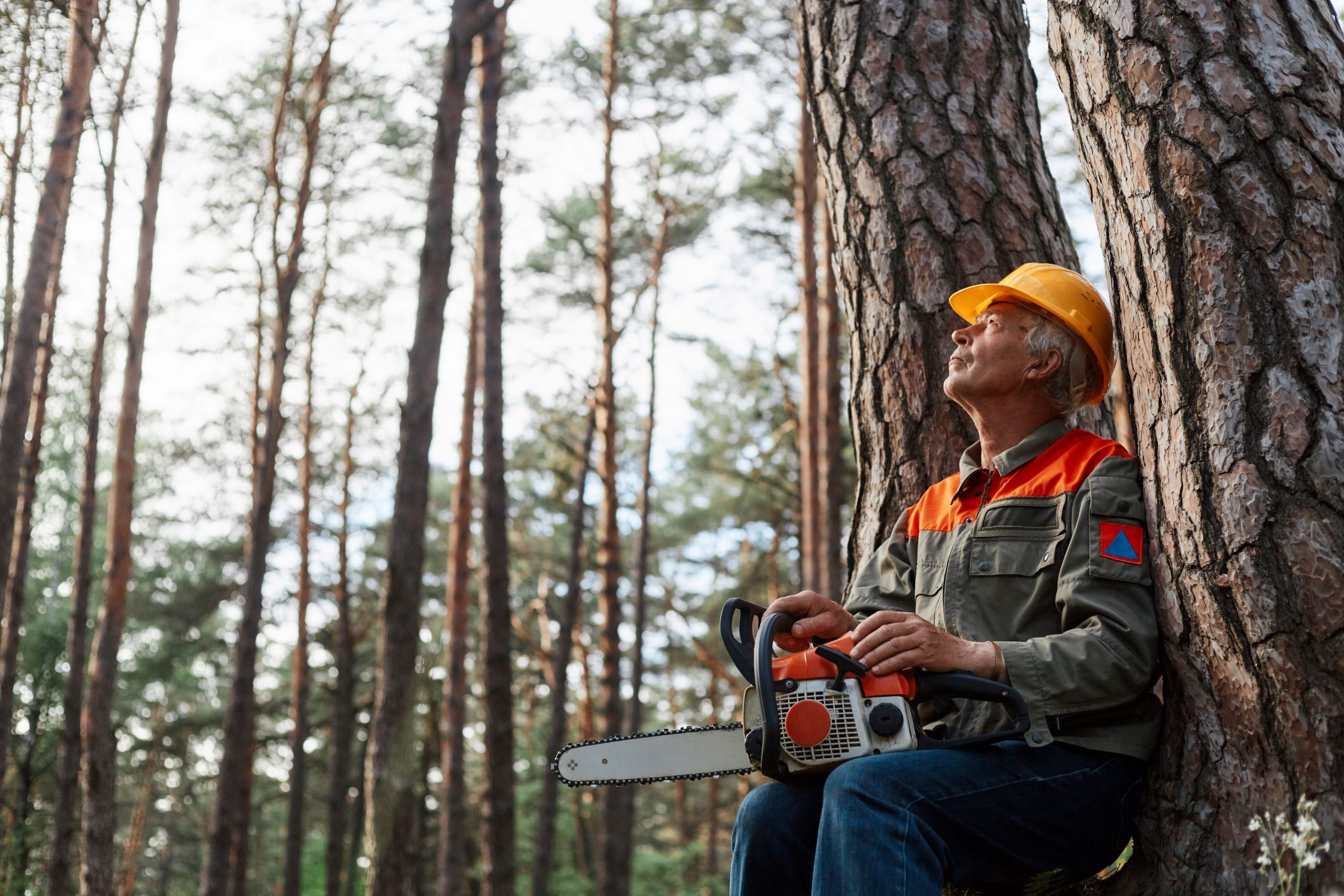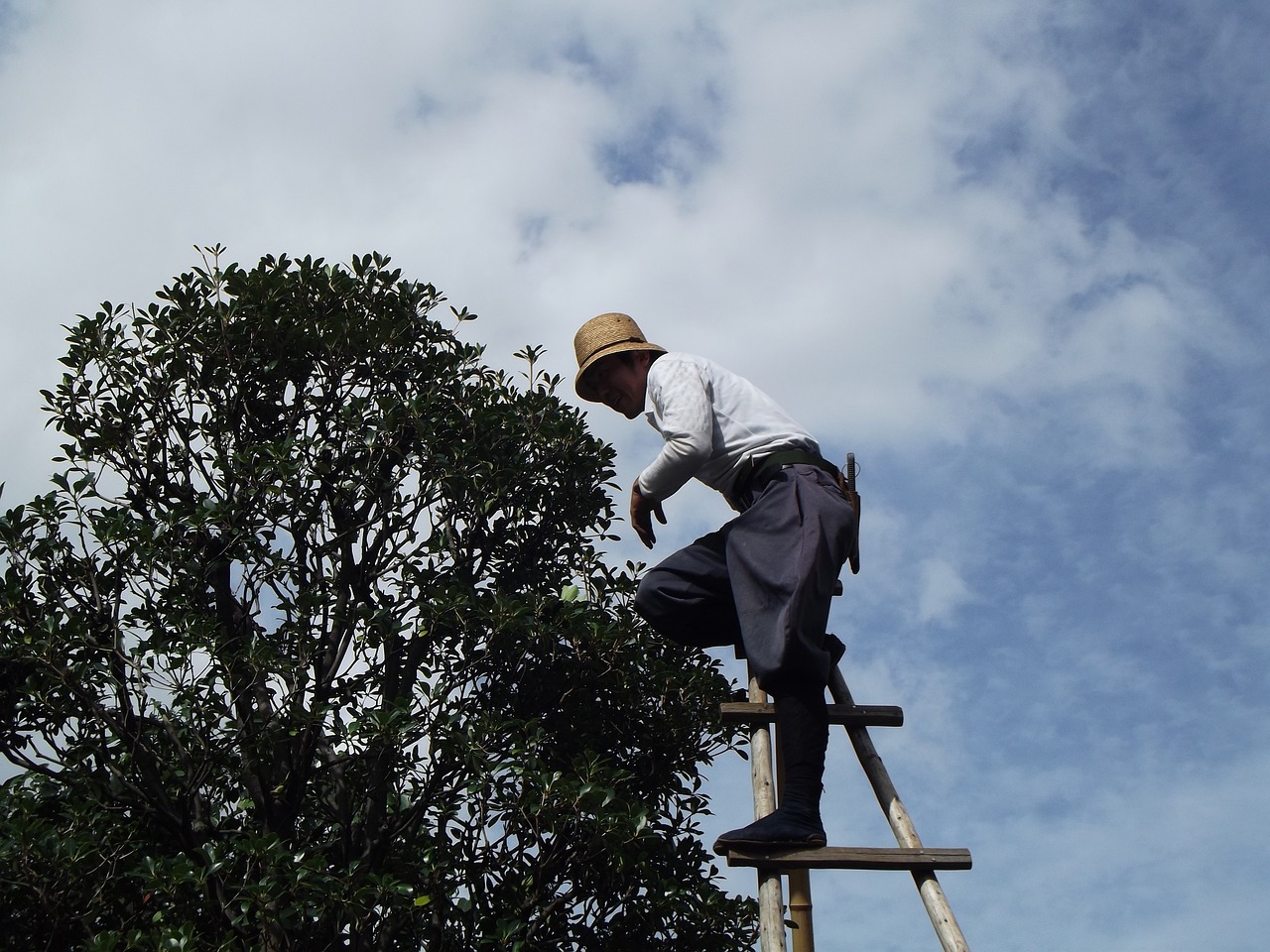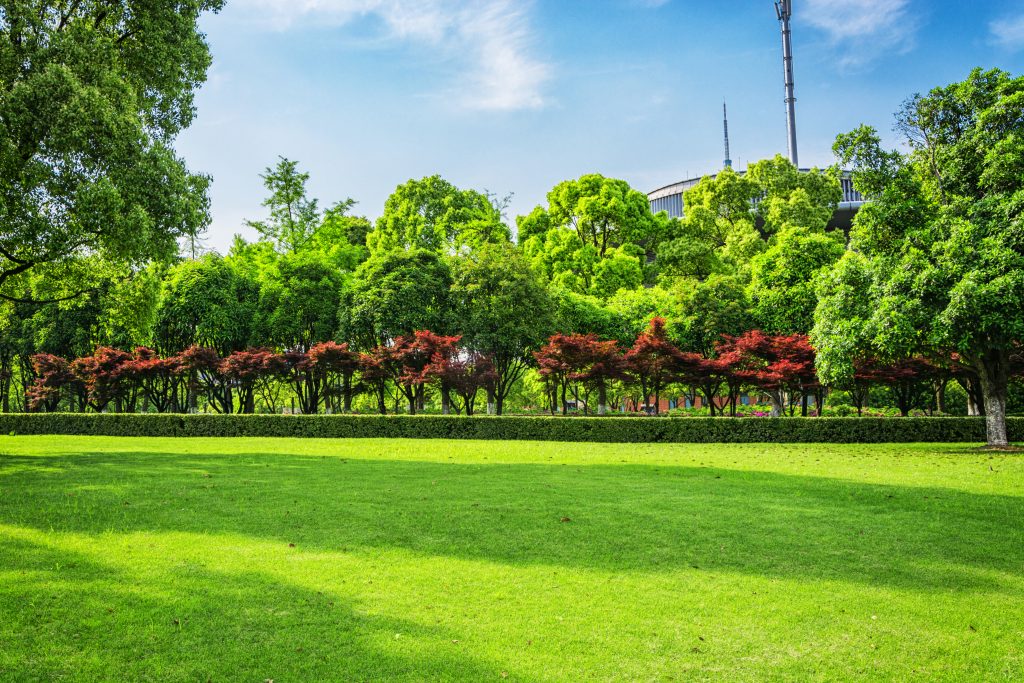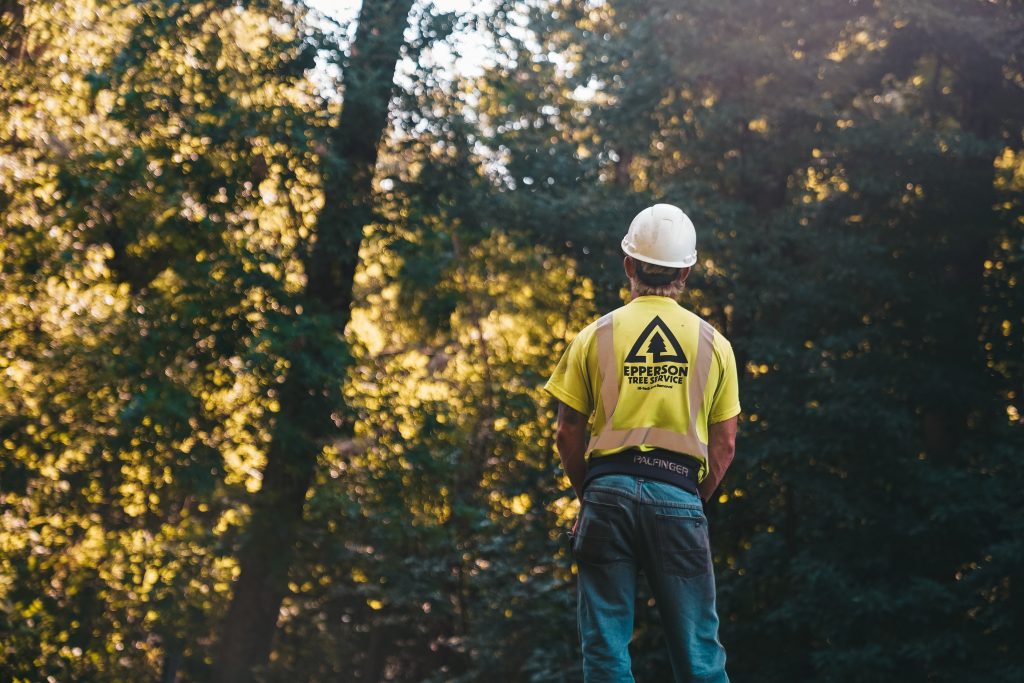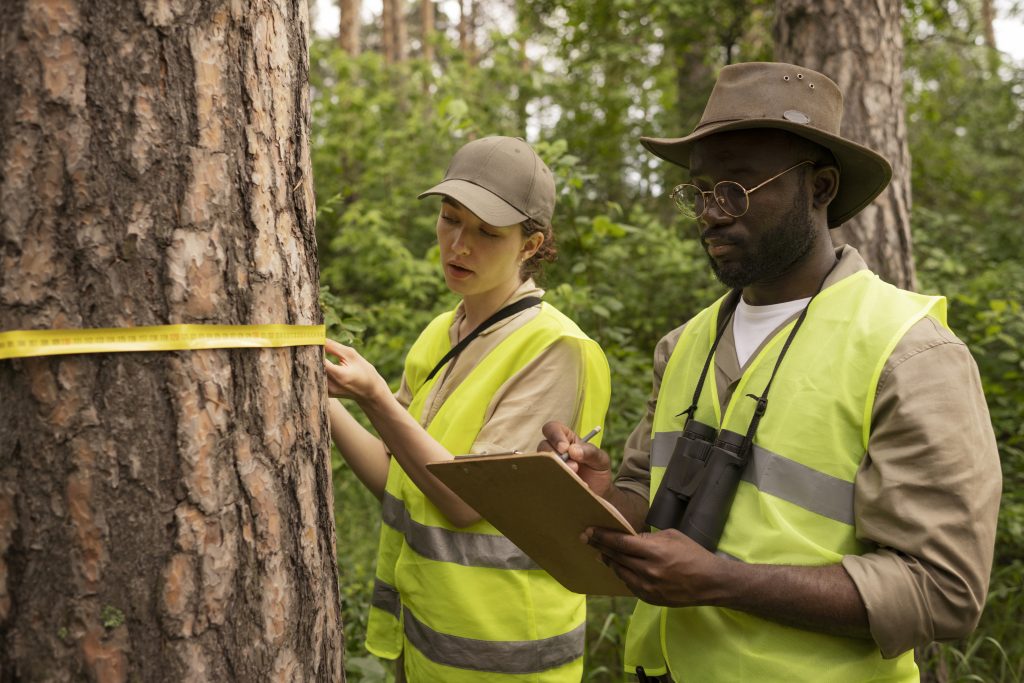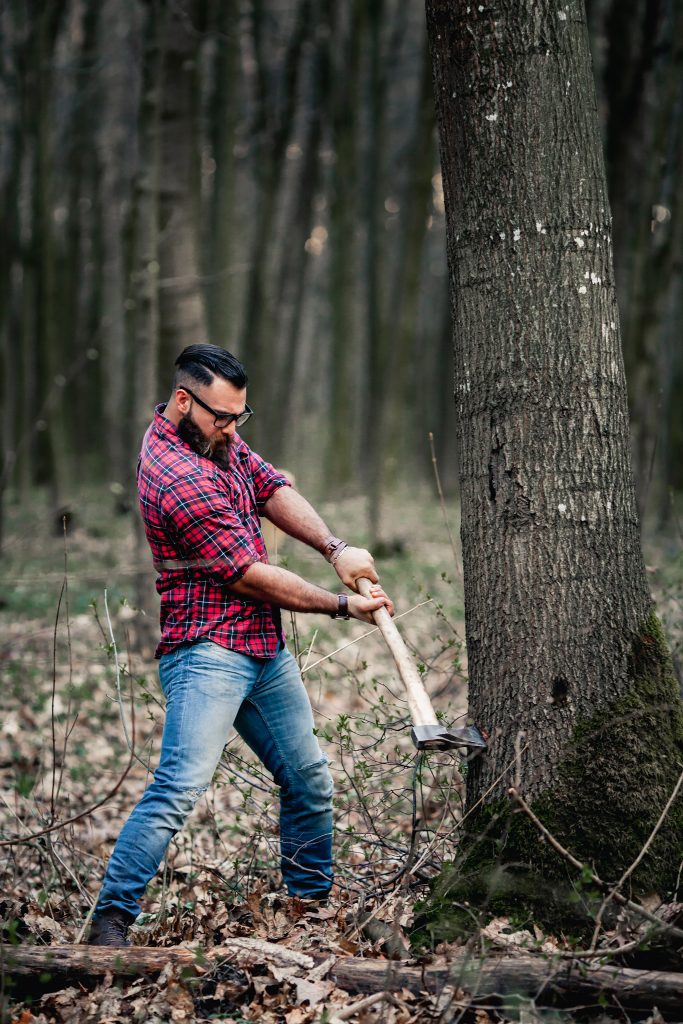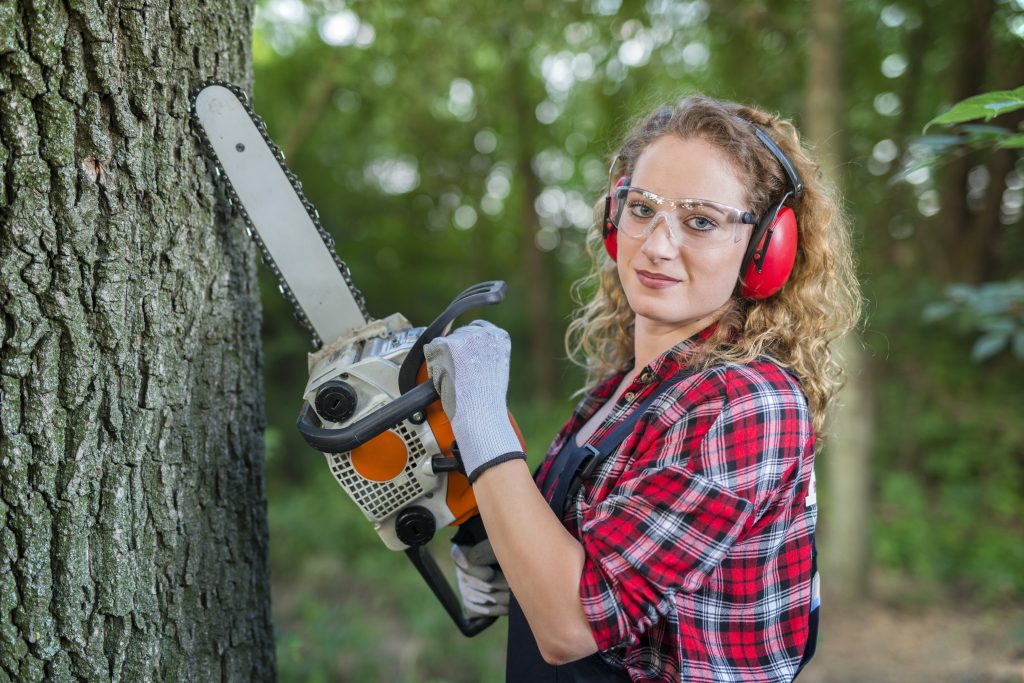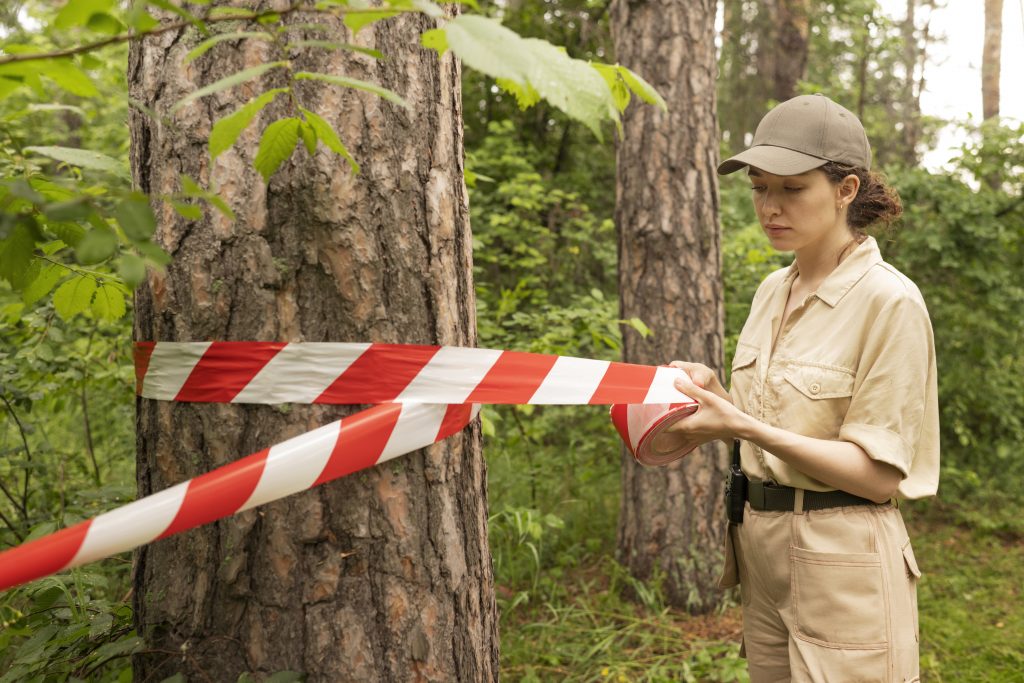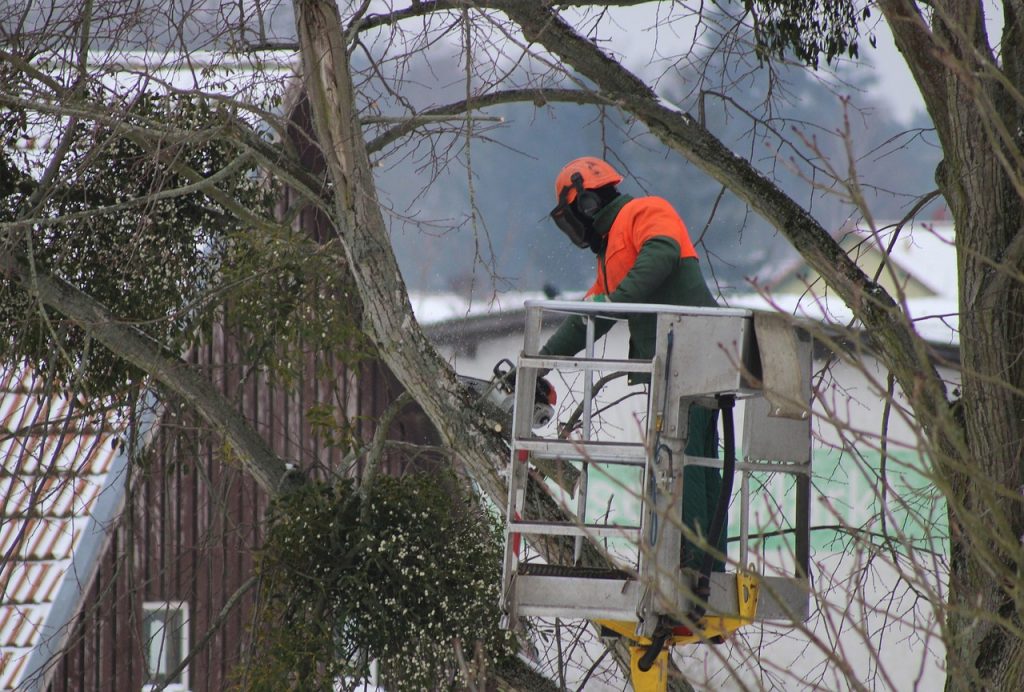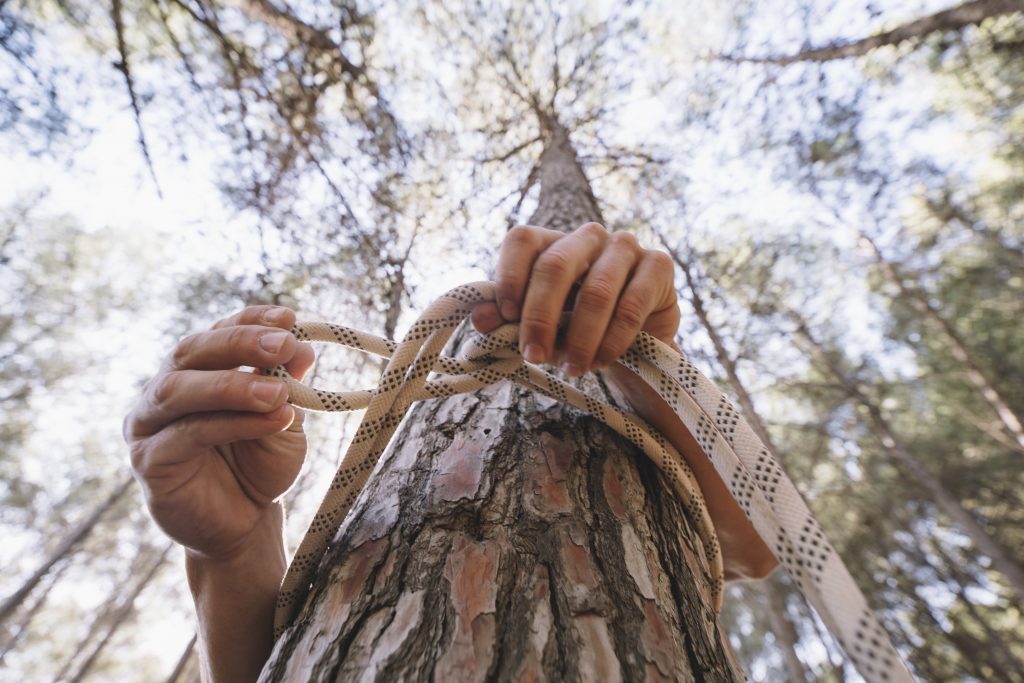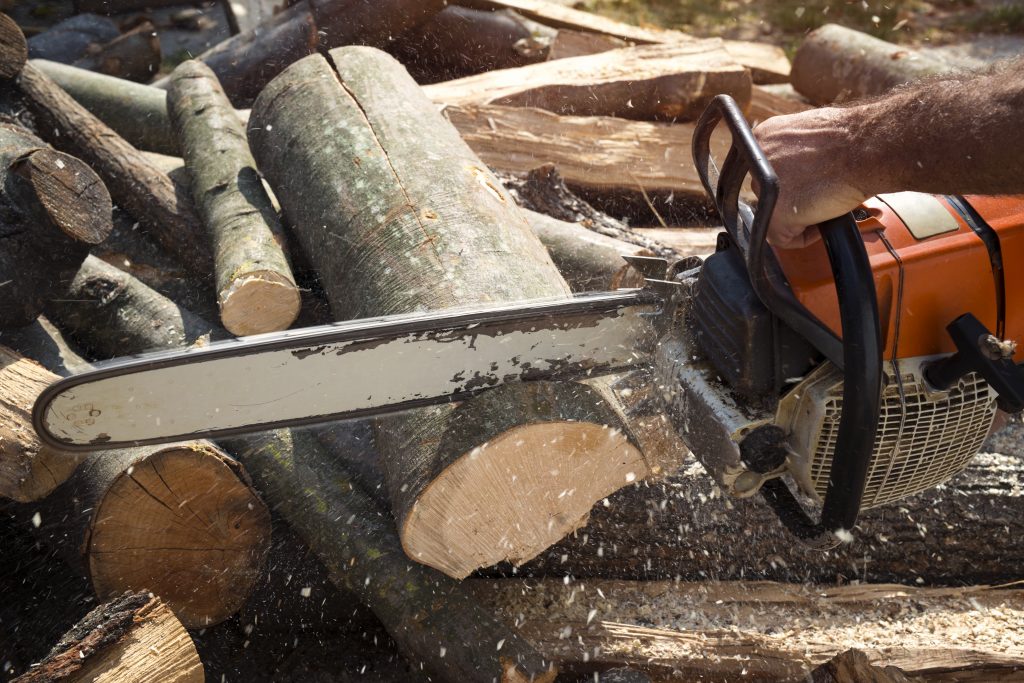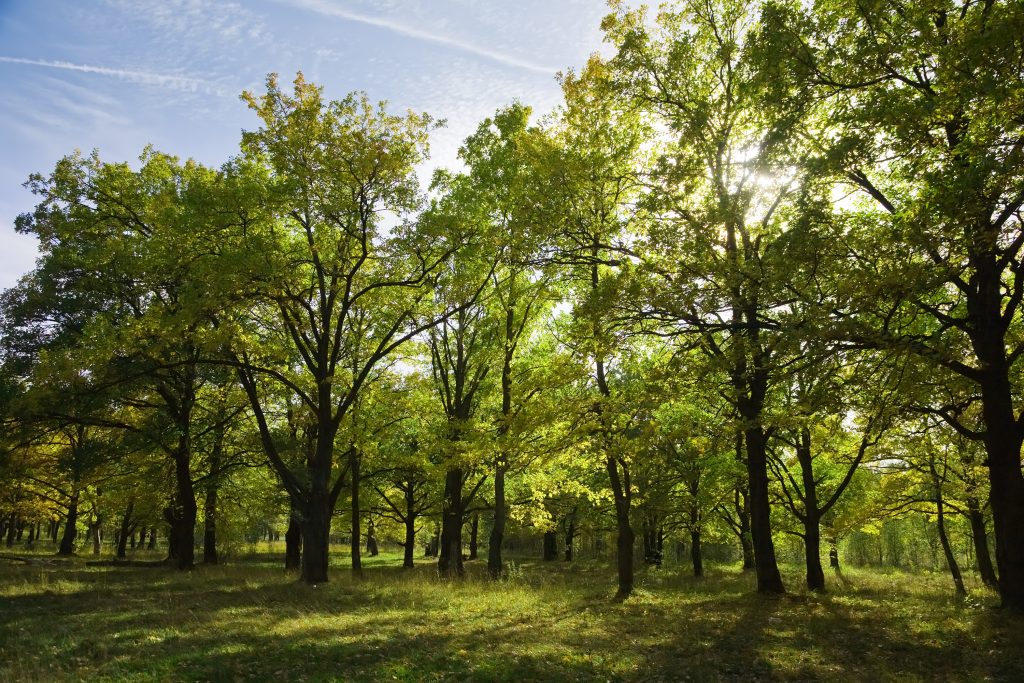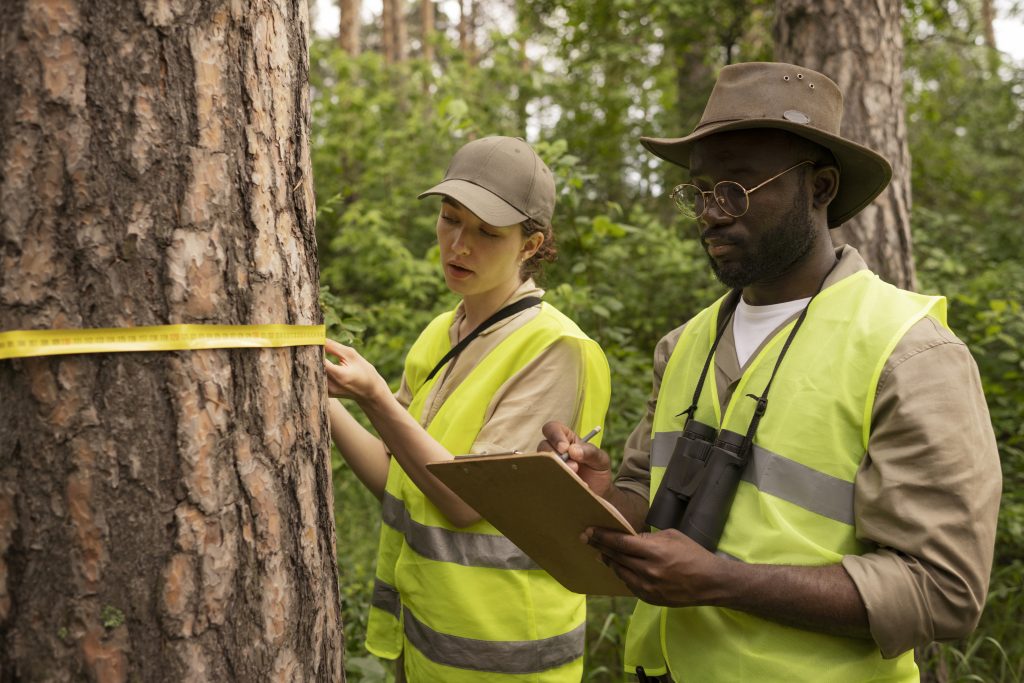How Long Does Tree Removal Take?
How Long Does Tree Removal Take
Do you ever wonder how long it takes to remove a tree from your property? Well, wonder no more! In this article, we will delve into the process of tree removal and provide you with all the information you need. From the history of tree removal to tips on finding efficient services, we’ve got you covered. So, sit back, relax, and let’s explore the world of tree removal together.
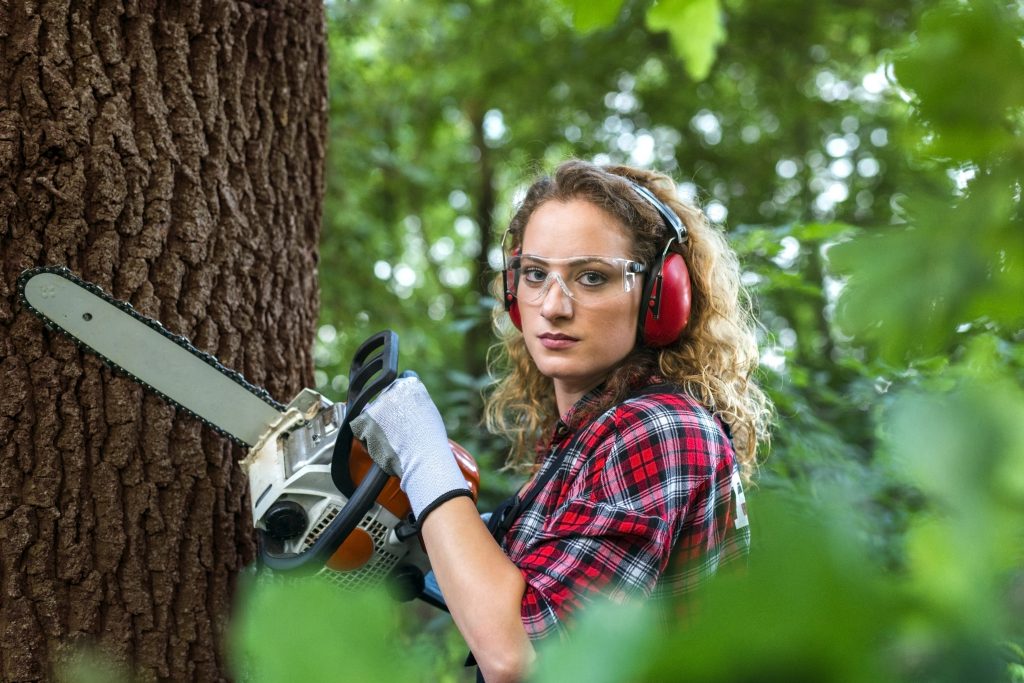
Key Takeaways
- Tree removal time can vary depending on factors like tree size, accessibility, and complexity of the job.
- Surrounding obstacles such as structures or power lines can slow down the tree removal process.
- Efficient tree removal improves the aesthetics of the property, eliminates safety hazards, and allows for repurposing the space.
- Hiring professionals for tree removal ensures safe and efficient completion of the project.
Introduction to Tree Removal Process
If you’re wondering about the process of tree removal, it typically involves several key steps. First and foremost, tree removal equipment is essential for safely and efficiently removing trees. Equipment such as chainsaws, wood chippers, and cranes are commonly used to tackle this task. These tools not only make the process easier, but they also ensure that the job is done properly.
To ensure the safety of both the workers and the surrounding area, tree removal safety procedures are followed. These procedures include carefully inspecting the tree for any signs of decay or damage, determining the direction in which the tree will fall, and establishing a clear work zone. Additionally, protective gear such as hard hats, gloves, and safety glasses are worn by the workers to minimize any potential risks.
Other important aspects of the tree removal process include proper planning and communication. Before starting the removal, a plan is developed to determine the best approach for removing the tree safely. This may involve determining the necessary equipment, calculating the direction of the fall, and considering any potential obstacles in the surrounding area. Effective communication between the workers is also crucial to ensure a smooth and coordinated process.
Transitioning into the subsequent section about tree removal history, it is fascinating to see how the process of removing trees has evolved over time.
Tree Removal History
You’ll be interested to know that the history of removing trees dates back centuries. Over time, humans have developed various tree removal techniques to efficiently and safely handle the task. In ancient times, people used basic tools like axes and saws to cut down trees. As technology advanced, so did the methods of tree removal. Today, we have specialized equipment and machinery that aid in the process, such as chainsaws, cranes, and wood chippers.
When it comes to tree removal, safety is of utmost importance. Professionals follow strict guidelines and protocols to ensure the safety of both the workers and the surrounding environment. They wear protective gear, such as helmets, gloves, and safety glasses, to minimize the risk of accidents. Additionally, they carefully assess the tree and its surroundings to determine the best approach for removal, taking into account factors like the tree’s height, condition, and proximity to structures.
Now that you understand the history and importance of tree removal techniques and safety, let’s move on to some helpful tips that can guide you in this process.
Tips
When it comes to tree removal, there are several factors that can affect the duration of the process. Factors such as the size and location of the tree, the complexity of the removal, and the equipment used can all impact how long it takes to complete the job. To ensure a quicker and more efficient removal, it is important to utilize techniques that are specifically designed for tree removal, such as using ropes and harnesses to safely lower branches or sections of the tree. While some may attempt to remove a tree themselves, hiring a professional arborist is highly recommended, as they have the expertise and knowledge to safely and efficiently remove trees while minimizing any potential damage to property or surrounding vegetation.
Factors Affecting Duration
The duration of tree removal can vary based on different factors. Factors influencing cost include the size and type of tree, accessibility to the tree, and the complexity of the job. Larger trees and those in hard-to-reach areas may require more time and equipment, which can increase the cost. Additionally, the environmental impact is an important consideration. Some trees may be protected by local regulations or have ecological significance, requiring special permits or additional precautions during removal. It is crucial to hire a professional tree removal service that understands these factors and can provide an accurate estimate of the time required for removal. Efficient removal techniques, such as using cranes or specialized equipment, can help expedite the process without compromising safety.
Efficient Removal Techniques
To expedite the process and ensure safety, professionals often use cranes or specialized equipment for efficient tree removal. These techniques not only save time but also reduce the risk of accidents. One cost-effective technique is using a crane to lift and remove large sections of the tree at once. This method is particularly useful for trees located in tight spaces or near structures. Another efficient technique involves using specialized equipment, such as tree shears or grinders, to quickly cut and remove branches or trunks. By employing these safety measures and cost-effective techniques, professional tree removal services can efficiently remove trees while minimizing the risk of damage to surrounding structures or landscapes. Hiring professional arborists who are experienced in these methods ensures a smooth and efficient tree removal process.
Hiring Professional Arborists
If you want a smooth and efficient tree removal process, you should consider hiring professional arborists who are experienced in cost-effective techniques. Hiring a professional arborist ensures that the job is done safely and efficiently, as they have the necessary skills and knowledge to handle any tree removal project. When choosing an arborist, it is important to consider their qualifications. Look for arborists who are certified by recognized organizations such as the International Society of Arboriculture (ISA) or the Tree Care Industry Association (TCIA). These certifications guarantee that the arborist has met certain standards of knowledge and expertise. Additionally, professional arborists can provide you with an accurate cost estimation for the tree removal process, helping you plan your budget accordingly. By hiring professional arborists, you can have peace of mind knowing that your tree removal will be handled by skilled experts. This transition into the subsequent section about ‘traits of efficient tree removal services’ ensures that you will be well-informed about the factors that make a tree removal service efficient.
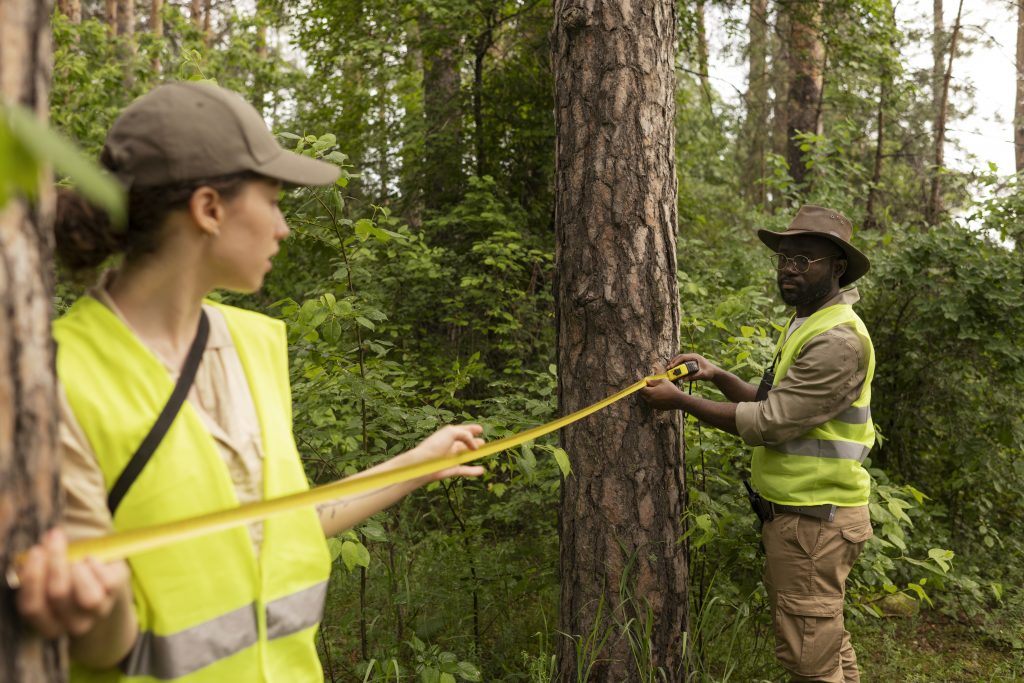
Traits of Efficient Tree Removal Services
One important trait of efficient tree removal services is their ability to complete the job quickly and safely. When it comes to efficient tree removal methods, these services employ a variety of strategies to ensure a cost-effective process for their clients. They prioritize using equipment and techniques that allow for swift and precise removal, minimizing any potential risks or damages.
Efficient tree removal services understand the importance of time and strive to complete the job as quickly as possible without compromising safety. They are equipped with state-of-the-art tools and machinery that aid in the process, such as cranes, chainsaws, and chippers. By utilizing these resources, they can efficiently cut down and remove trees, even in tight spaces or difficult locations.
Moreover, these services employ trained and experienced professionals who are knowledgeable in the best practices of tree removal. They carefully analyze the tree’s condition, size, and location to determine the most effective approach. This expertise allows them to efficiently remove trees while ensuring the safety of everyone involved and minimizing any potential damage to surrounding structures or landscaping.
With their efficient methods and cost-effective strategies, these tree removal services can swiftly complete the job while maintaining the highest standards of safety. As you delve into the subsequent section about the steps in the efficient tree removal process, you will gain a deeper understanding of the intricacies involved in this efficient and effective procedure.
Steps in Efficient Tree Removal Process
When it comes to efficiently removing a tree, you’ll want to start by assessing the tree’s condition and location. This will help you determine the best approach for a quick and efficient removal process. Here are some factors to consider and the benefits of using efficient removal techniques:
- Tree size: The size of the tree plays a significant role in how long it will take to remove. Larger trees may require heavy machinery or special equipment, which can speed up the process.
- Tree health: Diseased or dead trees are often easier to remove as they are more brittle and pose a greater risk of falling. Removing them quickly can prevent any potential hazards.
- Surrounding obstacles: Take note of any nearby structures, power lines, or other obstacles that may hinder the removal process. Planning and working around these obstacles can save time and prevent damage.
- Professional expertise: Hiring a professional tree removal service ensures that the job is done efficiently and safely. They have the knowledge, skills, and equipment to complete the task quickly and effectively.
By efficiently removing a tree, you can enjoy several benefits. It helps improve the aesthetics of your property, eliminates potential safety hazards, and allows you to repurpose the space for other purposes. With these factors in mind, you can achieve a quick and efficient tree removal process.
As you move forward with your tree removal process, it’s important to set clear goals for the project. These goals will help guide your decision-making and ensure that you stay on track.
Goals
Setting clear goals for your tree removal project is crucial for guiding your decision-making process and staying on track. Before embarking on the project, it is important to identify your specific objectives and priorities. This will not only help you ensure the safety of the tree removal process but also allow you to estimate the cost involved accurately. To assist you in setting your goals, the following table provides a visual representation of some common objectives and considerations for tree removal projects:
| Goal | Description |
|---|---|
| Safety | Ensuring the removal is done safely for both the workers and the property |
| Efficiency | Completing the project in a timely and cost-effective manner |
| Aesthetics | Enhancing the appearance and functionality of the landscape |
| Environmental | Minimizing the impact on the surrounding environment |
| Cost Estimation | Accurately estimating the financial resources required for the project |
Habits for Efficient Tree Removal
Developing good habits during the tree removal process can greatly improve efficiency and ensure that the project is completed in a timely manner. By following these habits for faster removal and effective equipment usage, you can make the process smoother and more efficient.
Firstly, it is important to properly assess the tree and plan your approach. This involves considering the size, location, and condition of the tree, as well as any potential obstacles or hazards. By conducting a thorough assessment, you can determine the most effective method for removing the tree and ensure that you have the necessary equipment and tools.
Next, it is crucial to use the right equipment for the job. This includes chainsaws, ropes, harnesses, and other specialized tools. Using the correct equipment not only makes the removal process faster but also ensures your safety.
Additionally, practicing good safety habits is essential. This includes wearing protective gear, such as helmets, gloves, and safety goggles. It is also important to communicate effectively with your team members and establish clear roles and responsibilities.
A Real-Life Story
In the previous section, we discussed some habits that can help make tree removal more efficient. Now, let’s delve into a real-life story that highlights the challenges faced during tree removal.
Picture this: you have a massive tree towering over your backyard, its branches threatening to fall on your property. You decide it’s time to remove it before any damage occurs. You hire a professional tree removal service and eagerly await their arrival.
As the crew arrives, you can’t help but feel a mixture of excitement and apprehension. The experienced arborists assess the tree, strategize their approach, and start the removal process. However, they encounter unexpected challenges, such as navigating the tree’s intricate root system and maneuvering around tight spaces. These hurdles require quick thinking and adaptability to ensure the safe and efficient removal of the tree.
Throughout the process, you witness the dedication and expertise of the professionals as they overcome each obstacle. The real-life experience highlights the importance of hiring skilled professionals who can handle the complexities of tree removal while ensuring the safety of your property and themselves.
Now, let’s move on to the next section, where we will explore some insightful quotes about tree removal.
Quotes
Imagine reading a quote from a renowned arborist that perfectly captures the essence of tree care and the beauty of nature. As an expert in tree removal safety and tree removal cost, the arborist shares their wisdom: “Caring for trees is not just about cutting them down; it’s about preserving their beauty and ensuring the safety of those around them. When it comes to tree removal, it’s crucial to prioritize safety. Hiring a professional with the right equipment and expertise can prevent accidents and property damage. Additionally, tree removal costs can vary depending on factors such as tree size, location, and complexity of the job. It’s important to get multiple quotes and choose a reputable company that offers a fair price and quality service.”
With these insights in mind, let’s delve into the secrets of efficient tree removal.
Secrets
Let’s explore the secrets to efficiently removing trees without compromising safety or quality. When it comes to tree removal, there are a few tips and tricks that can make the process smoother and more efficient. First, always start by assessing the tree and its surroundings. Look for any potential hazards or obstacles that may affect the removal process. Next, make sure to use the right tools and equipment for the job. This includes chainsaws, ropes, and safety gear to protect yourself and others. Proper technique is also crucial. Cut the tree in sections, starting from the top and working your way down. This allows for better control and reduces the risk of accidents. Additionally, having a plan in place before starting the removal process can save time and ensure a successful outcome. Lastly, always clean up the site after the tree has been removed to leave it safe and tidy. By following these secrets and tips, you can efficiently remove trees while maintaining safety and quality.
With these efficient tree removal secrets in mind, let’s now dive into some insights on the tree removal process.
Insights on Tree Removal Process
When removing a tree, you should always consult with a professional arborist to ensure the process is done safely and efficiently. Tree removal can be a hazardous task, and without proper knowledge and equipment, accidents can occur. A professional arborist will assess the tree’s condition, identify any potential risks, and develop a safe removal plan. They will have the necessary tools and expertise to safely fell the tree, preventing any damage to nearby structures or injury to individuals. Additionally, consulting with a professional arborist will also allow you to get an accurate cost estimation for the tree removal. Factors such as the tree’s size, location, and complexity of the removal process can impact the cost. By obtaining a cost estimation beforehand, you can plan and budget accordingly. It is essential to prioritize tree removal safety and consult with professionals to ensure the process is done efficiently and without any unnecessary risks. Efficient tree removal not only benefits you but also contributes to the overall health and aesthetics of your property.
Benefits of Efficient Tree Removal
To ensure the safety and aesthetics of your property, it’s crucial to prioritize efficient tree removal, which can help prevent potential risks and enhance the overall health of your property. Efficient tree removal methods are essential for ensuring that the process is carried out smoothly and effectively. By employing professionals who are well-versed in these methods, you can expect a timely and efficient removal of trees from your property.
Timely tree removal is of utmost importance in maintaining the safety of your property. Dead or diseased trees pose a significant risk, as they can easily topple over during storms or strong winds, causing damage to structures, vehicles, and even endangering lives. By promptly removing these hazardous trees, you can prevent potential accidents and protect your property.
Efficient tree removal also plays a vital role in enhancing the overall health of your property. Trees that are overcrowded or have grown too close to structures can hinder the growth of other plants and trees, limiting their access to sunlight, nutrients, and water. By removing such trees, you create space for healthier vegetation to flourish, improving the overall aesthetics and vitality of your property.
Lessons
When it comes to tree removal, there are several factors that can affect the duration of the process. Understanding these factors is crucial in determining the average removal time and implementing efficient removal techniques. By considering factors such as the size and type of the tree, the proximity to structures or power lines, and the skill level of the tree removal team, you can ensure a smooth and timely removal process.
Factors Affecting Duration
One of the factors that can affect the duration of tree removal is the size of the tree. The larger the tree, the more time and effort it takes to remove it. Other factors that can impact the timing of tree removal include accessibility, complexity of the job, and the presence of any nearby structures or power lines. These factors need to be carefully considered to ensure a safe and efficient removal process. Additionally, it is important to consider the impact of tree removal on the surrounding environment. Proper planning and execution can minimize any potential damage to other trees, plants, or wildlife in the area. By taking these factors into account, tree removal can be done in a timely manner while also preserving the integrity of the surrounding environment. Now, let’s explore the average removal time for different types of trees.
Average Removal Time
Now that you understand the factors that can affect the duration of tree removal, let’s discuss the average removal time. On average, tree removal can take anywhere from a few hours to a few days, depending on the size and complexity of the job. Smaller trees with straightforward access can be removed relatively quickly, while larger trees or those located in tight spaces may require more time and effort. Additionally, the average removal cost can vary depending on factors such as the tree’s size, location, and the equipment needed. It’s important to note that safety precautions are always a top priority during tree removal to prevent any accidents or damage to surrounding property. With that in mind, let’s now explore efficient removal techniques that can help expedite the process.
Efficient Removal Techniques
To expedite the process, you can use efficient removal techniques when removing trees. By utilizing the right equipment and implementing effective time management strategies, you can significantly reduce the time it takes to complete the task. Efficient equipment such as chainsaws, wood chippers, and cranes can make the tree removal process quicker and more streamlined. These tools enable you to cut down trees swiftly and safely. Additionally, proper planning and organization are crucial for efficient time management. By creating a detailed plan and adhering to it, you can ensure that the removal process is executed smoothly and without unnecessary delays. By employing these efficient removal techniques and maximizing your time, you can complete tree removal projects in a timely manner. This seamless transition into the subsequent section about ‘routines {yt}’ allows for a seamless continuation of the discussion.
Routines
Typically, tree removal jobs don’t take longer than a day. To ensure a smooth and efficient process, it’s important to establish routines and follow best practices. Before starting the job, it’s crucial to assess the tree’s condition and determine the best approach for removal. This includes identifying any hazards, such as power lines or nearby structures, and creating a plan to mitigate risks.
Once the plan is in place, it’s time to gather the necessary equipment and tools. This may include chainsaws, ropes, harnesses, and wood chippers. Ensuring that all equipment is in good working condition and properly maintained is a key part of the routine.
When it comes to the actual tree removal, it’s essential to follow established best practices. This includes starting from the top and working your way down, removing branches and limbs first before tackling the trunk. By following this routine, you can minimize the risk of accidents and ensure a more efficient process.
Pros and Cons
When considering tree removal, it’s important to weigh the pros and cons before making a decision. One option is to do it yourself (DIY), which has its own set of advantages and disadvantages. On the plus side, DIY tree removal can save you money. Hiring professionals can be expensive, so if you’re on a tight budget, doing it yourself might be the way to go. Additionally, it can be a satisfying and rewarding experience to tackle a project on your own. However, it’s crucial to consider the potential risks and downsides as well. Tree removal can be dangerous, especially if you don’t have the necessary knowledge and equipment. It’s important to prioritize your safety and the safety of those around you. Furthermore, DIY tree removal may not be suitable for large or complex trees that require specialized techniques. In such cases, it’s often best to hire professionals who have the expertise to handle the job safely and efficiently. When it comes to cost comparison, it’s essential to factor in the potential expenses of DIY tree removal, such as equipment rental or purchase, as well as any damage that may occur during the process. Transitioning into the subsequent section about ‘dos and dont’s {table}’, it’s crucial to understand the guidelines and precautions to follow when undertaking a tree removal project.
Dos and Dont’s
Remember, it’s important to follow the dos and don’ts when tackling a DIY tree removal project. By adhering to these guidelines, you can ensure a safe and successful outcome. To help you stay on track, here are some essential dos and don’ts to keep in mind:
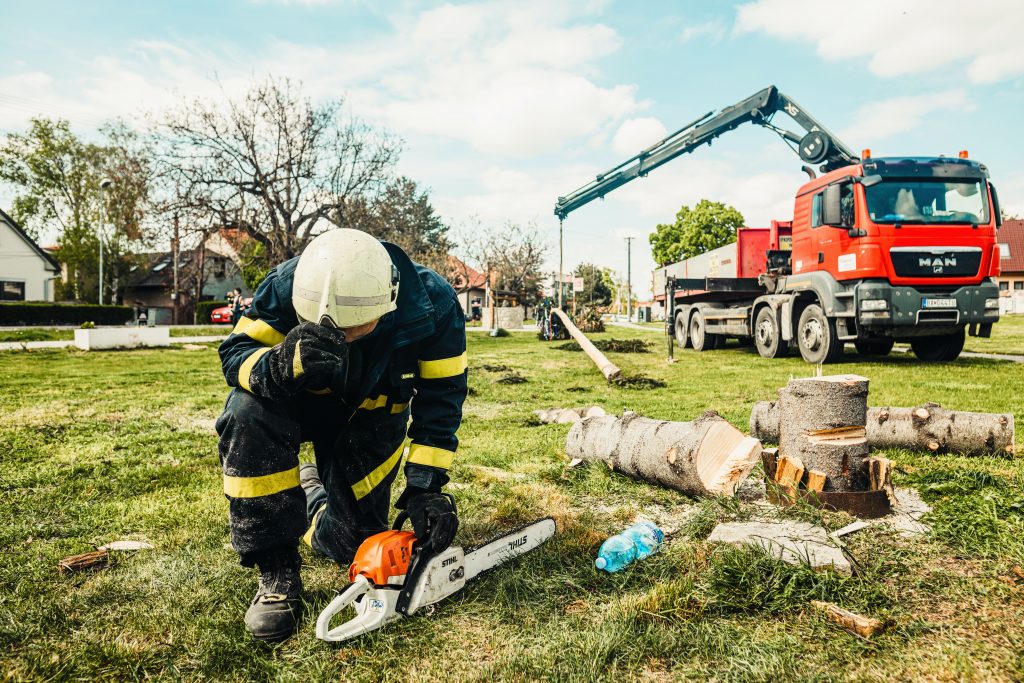
| Dos | Don’ts |
|---|---|
| Wear protective gear, including gloves, goggles, and a hard hat. | Don’t attempt tree removal without the proper tools and equipment. |
| Plan your approach and assess the tree’s condition before starting. | Don’t underestimate the size and weight of the tree, leading to potential accidents. |
| Use proper cutting techniques, such as making precise and strategic cuts. | Don’t ignore the importance of understanding the tree’s natural growth pattern. |
| Start with smaller branches and work your way up to larger ones. | Don’t rush the process or try to remove the entire tree in one go. |
| Dispose of the tree debris responsibly, either through recycling or proper disposal methods. | Don’t forget to check for any local regulations or permits required for tree removal. |
Following these dos and avoiding the don’ts will greatly increase your chances of a successful DIY tree removal. However, there are still some common mistakes to be aware of. In the next section, we will explore these mistakes and provide insights on how to avoid them.
Mistakes to Avoid
To avoid common mistakes during a DIY tree removal, it’s crucial that you thoroughly assess the tree’s condition and plan your approach before starting. One of the most common mistakes people make is underestimating the size and weight of the tree. It’s important to accurately gauge the tree’s dimensions to ensure you have the necessary tools and equipment to safely remove it. Another mistake to avoid is not taking into account the tree’s structural integrity. If the tree is diseased, damaged, or leaning, it may pose a greater risk during removal. Additionally, failing to consider the proximity of structures, power lines, or other obstacles can lead to costly damages or accidents. Before starting the removal process, take the time to evaluate the potential hazards and plan accordingly. Lastly, many people overlook the cost considerations associated with tree removal. From equipment rental to disposal fees, the expenses can add up quickly. It’s important to have a clear understanding of the costs involved and budget accordingly. By avoiding these common mistakes and being mindful of cost considerations, you can ensure a smoother and more successful DIY tree removal project.
Now that you have a better understanding of the common mistakes and cost considerations associated with DIY tree removal, let’s dive into the key takeaways to help you navigate this process more effectively.
Key Takeaways
Take note of these key takeaways to help you navigate the DIY tree removal process more effectively. One of the most important things to remember is to prioritize safety. Always wear protective gear, such as gloves, goggles, and a hard hat, to prevent any injuries. Another key takeaway is to assess the tree and its surroundings thoroughly. Look for any power lines, buildings, or other obstacles that may be in the way and plan accordingly. Additionally, it is crucial to have the right tools for the job. A chainsaw, ladder, and ropes are commonly used in tree removal, so make sure you have them on hand and know how to use them properly.
It is also essential to debunk some common misconceptions about DIY tree removal. Many people believe that cutting the tree at the base will be enough, but this is not the case. It is crucial to remove the branches first and then cut the trunk in sections. This makes the process safer and more manageable. Another misconception is that you can remove a tree on your own without any assistance. However, tree removal can be a complex and dangerous task, so it is always best to seek professional help if you are unsure or inexperienced.
Specific Action Steps for Tree Removal
When it comes to tree removal, there are several important steps you need to take. First, it’s crucial to assess the condition of the tree to determine if removal is necessary and if there are any safety concerns. Secondly, you’ll need to obtain any necessary permits or permissions from local authorities before proceeding with the removal. Lastly, it’s highly recommended to hire a professional tree service to ensure the job is done safely and efficiently.
Assessing Tree’s Condition
Determining the tree’s condition is crucial before starting the removal process. Assessing the tree’s health is the first step in understanding its overall condition. A healthy tree may not require immediate removal, but a diseased or dying tree poses a greater risk and should be addressed promptly. Hiring a professional arborist to assess the tree’s health can provide valuable insight into its stability and potential hazards. Additionally, considering the tree removal cost is essential in planning for the removal process. Factors such as the tree’s size, location, and complexity of the job can influence the cost. Once you have assessed the tree’s condition and estimated the removal cost, the next step is obtaining necessary permits to ensure compliance with local regulations and guidelines.
Obtaining Necessary Permits
To ensure compliance with local regulations and guidelines, you should obtain necessary permits before proceeding with the tree removal process. Obtaining permits is a crucial step in adhering to legal requirements and avoiding potential fines or legal issues. Different areas may have specific rules and regulations regarding tree removal, so it is essential to research and understand the requirements in your locality. Contact your local government or relevant authorities to inquire about the necessary permits and the application process. They will provide you with the necessary information and guide you through the procedure. By obtaining the required permits, you can ensure that the tree removal is carried out in a legal and responsible manner. Once you have the necessary permits, you can move forward with hiring a professional tree service to handle the removal process efficiently and safely.
Hiring Professional Tree Service
Hiring a professional tree service is essential for ensuring that the removal process is handled efficiently and safely. When it comes to removing a tree from your property, it is important to hire an experienced arborist who has the knowledge and expertise to handle the job. An arborist will not only have the necessary tools and equipment, but they will also have the skills to assess the tree’s condition and determine the best approach for removal. Additionally, hiring a professional tree service can save you time and money in the long run. While the cost of tree removal may vary depending on factors such as the size and complexity of the job, it is always worth investing in a reputable tree service to ensure the job is done right and to avoid any potential damage or accidents.
Frequently Asked Questions
How Much Does Tree Removal Typically Cost?
Tree removal costs are influenced by various factors. These include the size and condition of the tree, accessibility, and any additional services needed. On average, tree removal can cost anywhere from $150 to $1500.
Can I Remove a Tree on My Own or Do I Need to Hire a Professional?
Before deciding to remove a tree on your own, consider the risks involved. Hiring a professional ensures safety and expertise. Steps to take before removal include assessing the tree’s health and stability, obtaining necessary permits, and planning for debris disposal.
Are There Any Legal Requirements or Permits Needed for Tree Removal?
Before starting tree removal, it’s important to be aware of legal restrictions and requirements. Certain areas may require permits or permissions. Additionally, consider the environmental impact and potential consequences of removing a tree.
What Are the Potential Risks or Dangers Associated With Tree Removal?
Potential dangers associated with tree removal include falling branches, unstable trees, and electrical hazards. Safety precautions such as wearing protective gear, assessing the surrounding area, and hiring a professional can mitigate these risks.
How Long Does It Take for a Tree to Fully Regrow After Removal?
Tree regrowth timeline after removal varies depending on factors like tree species, age, health, and environmental conditions. It can take several years for a tree to fully regrow, so patience is necessary when waiting for new growth.
About Murray, Utah
Murray is a city situated on the Wasatch Front in the core of Salt Lake Valley in the U.S. state of Utah. Named for territorial governor Eli Murray, it is the state's fourteenth largest city. According to the 2020 census, Murray had a population of 50,637. Murray shares borders with Taylorsville, Holladay, South Salt Lake and West Jordan, Utah. Once teeming with heavy industry, Murray's industrial sector now has little trace and has been replaced by major mercantile sectors. Known for its central location in Salt Lake County, Murray has been called the Hub of Salt Lake County. Unlike most of its neighboring communities, Murray operates its own police, fire, power, water, library, and parks and recreation departments and has its own school district. While maintaining many of its own services, Murray has one of the lowest city tax rates in the state.
Neighborhoods in Murray, Utah
Murray Oakes, Grant Park, Southwood Park, Murray Park, Murray Park Restrooms, Willow Pond Park, Neighborhood Veterinary Care
Things To Do in Murray, Utah
Bus Stops in Murray, Utah to Truco Services, Inc.
Bus Stop in Murray Central Station (Bay C) Murray, Utah to Truco Services, Inc.
Bus Stop in State St @ 4801 S Murray, Utah to Truco Services, Inc.
Bus Stop in Murray North Station Murray, Utah to Truco Services, Inc.
Bus Stop in State St @ 4949 S Murray, Utah to Truco Services, Inc.
Bus Stop in Murray Central Frontrunner/Trax Station Murray, Utah to Truco Services, Inc.
Bus Stop in Murray Blvd / Vine St (SB) Murray, Utah to Truco Services, Inc.
Bus Stop in State St @ 3925 S Murray, Utah to Truco Services, Inc.
Bus Stop in State St @ 4824 S Murray, Utah to Truco Services, Inc.
Bus Stop in State St @ 5223 S Murray, Utah to Truco Services, Inc.
Bus Stop in Murray Blvd / Allendale Dr (NB) Murray, Utah to Truco Services, Inc.
Bus Stop in Murray Blvd @ 5039 S Murray, Utah to Truco Services, Inc.
Bus Stop in State St @ 4721 S Murray, Utah to Truco Services, Inc.
Driving Directions in Murray, Utah to Truco Services, Inc.
Driving Directions from Woodruff Tree Trimming and Removal to 4640 Commerce Dr, Murray, UT 84107, USA
Driving Directions from Reliable Tree Care to 4640 Commerce Dr, Murray, UT 84107, USA
Driving Directions from Tree Pro-Tech to 4640 Commerce Dr, Murray, UT 84107, USA
Driving Directions from Prestige Tree And Landscape to 4640 Commerce Dr, Murray, UT 84107, USA
Driving Directions from Excellence Tree & Landscape to 4640 Commerce Dr, Murray, UT 84107, USA
Driving Directions from Amen Trees to 4640 Commerce Dr, Murray, UT 84107, USA
Driving Directions from Tim's Tree Care to 4640 Commerce Dr, Murray, UT 84107, USA
Driving Directions from Jordan Tree Service - Murray to 4640 Commerce Dr, Murray, UT 84107, USA
Driving Directions from Arbor Works to 4640 Commerce Dr, Murray, UT 84107, USA
Driving Directions from Diamond Tree Experts to 4640 Commerce Dr, Murray, UT 84107, USA
Driving Directions from Green Tree Arborist to 4640 Commerce Dr, Murray, UT 84107, USA
Driving Directions from TruCo Services to 4640 Commerce Dr, Murray, UT 84107, USA
Reviews for Truco Services, Inc. Murray, Utah
Emily Abercrombie
We had a great experience with TruCo! They were well priced, responsive and prompt. Michael was a pleasure to work with and gave us advice on which plants to put in where we took out our ugly old shrubs. I would highly recommend this company!!!
Michelle Turpin
TruCo Services gets 5 stars from us for customer service. We experienced a few issues with their services this last year and Rob Eccles in senior management, stepped in and immediately handled our issues. He was very committed to making sure they understood our expectations and would execute to make us happy.
Siobhan Billingsley
I work for a property management company and have the pleasure of working with Rob at a community in Sandy. He has been incredible to work with and always responds in a timely manner. He knows all the homeowners by name and address and is aware of all the "problem" areas when it comes to sprinklers. I never have to worry about following up with him because he always reaches out to provide me with an update. If you're looking to work with someone who takes pride in their job, is professional, and can solve the worst landscaping problems thrown your way, Rob is your guy. Thank you, Rob for all you do!
Jaime S.
We have used Truco at 2 of the complexes we manage, they have been great to work with. Good quality service, outstanding customer service with good communication. That's hard to find these days. I highly recommend them. Travis has been awesome to work with.
Jerusha Smart
We use TruCo for a majority of our properties and our home. While other landscaping companies we use come and go for various reasons like cost, communication issues, work performance, etc., TruCo is always consistent in price and work. Also, Rob is the best.
